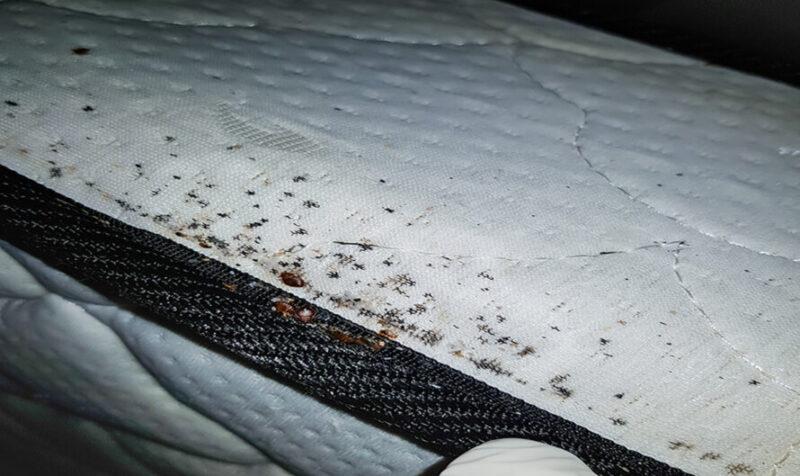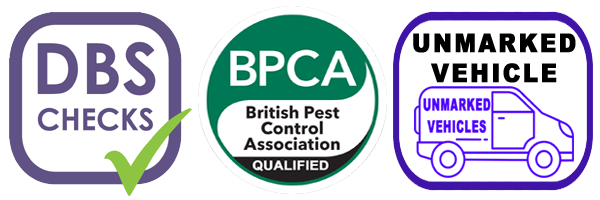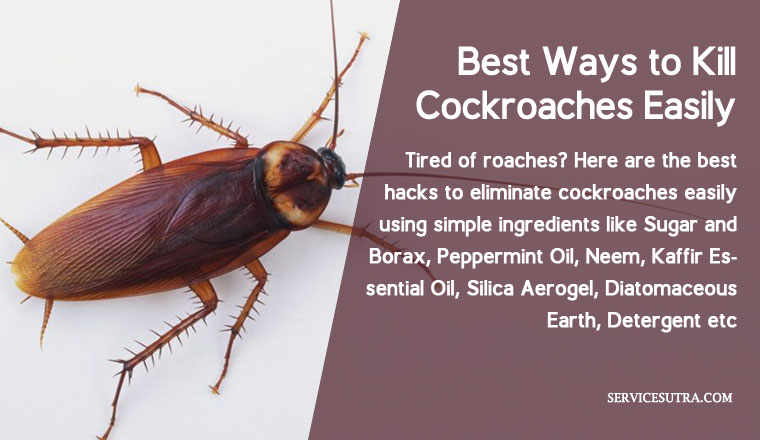
Bed Bug Signs in a Mattress
Bed bugs are amongst the worst pests that could be infesting your home as they feed on your blood while you sleep, hence the name “bed bugs.” This preference for human blood causes sleepless nights and much anxiety for many homeowners.
Cimex lectularius (bed bugs) are often hard to identify. They’re crafty bugs and operate during the night, and due to this, the first bed bug signs people spot is usually that they have been bitten on their body. Our guide will help you identify bed bugs and the common signs that they may have infested your home.
Can you see bedbugs?
Bed bugs can be challenging to see for multiple reasons, mainly because they’re active during the night, as well as their size. Adult bed bugs are around 5-7mm in length, making them difficult to spot with the naked eye. However, if your infestation is relatively bad, you may spot signs of bed bugs as they congregate together.
When looking for bed bug signs, you should check the following areas:
- The heading of your beds
- The frame of your beds
- The creases of your mattress
- Carpets
- Cupboards
- Electrical sockets
- Draws
- Cracks and crevices
- Wooden areas such as skirting boards
The first area to start your search would be your bedroom as they feed on human blood during the night. Due to this, we recommend inspecting bed frames and headings, as well as the creases of your mattress, before checking other areas.
I’ve spotted bed bug signs, now what?
You need a thorough inspection by Rattic to confirm the problem and arrange for one of our technicians to carry out a treatment. Our experience is exceptional, and we’ve performed loads of bed bug treatments in London and its surrounding areas.
Learn more on how to get rid of bed bugs
What to do
If you think you’ve found a bug that is a bed bug, trap it and take a photo of it. Now you can send it to a professional or compare it online with images to see if the bug is a Cimex lectularius. It’s best to ask a professional, as bed bugs often get confused for other insects such as:
- Ticks
- Fleas
- Cockroach nymphs (young)
- Carpet beetle
- Other nymphs
Next, you should gather all your clothes, bedding and materials and wash them at a high temperature of above 60°C. If cleaning your clothes at this heat is not a suitable option, you can freeze them for a couple of days.
Ultimately, you should contact a professional pest control company to undertake the treatment. Trying to remove bed bugs after you’ve noticed signs on your own rarely works as professional have access to high-grade equipment, insecticides and, more importantly, knowledge.
Bed bug shells
Over the years, we’ve found that one of the quickest ways to spot bed bug signs is to look for empty shells on a mattress. Bed bugs grow as they feed on human blood and, over time, need to grow larger, resulting in them shredding their bodies. Bed bugs have around five stages until they reach adulthood, resulting in five-time that they shred their skin, and when bed bugs have heavily infested an area, you’ll find hundreds and maybe thousands of shells left behind.
Bed bug faecal spots
Looking for dark black spots on your furniture or mattress sounds unpleasant, but it’s a typical bed bug warning. These opaque black spots are likely to be bed bug excrement and can be tested by seeing if they smudge when rubbed with some water. Check pillows, sheets and other bedroom surfaces for faecal spots, and if you find some, it’s best to call an expert to inspect the property further.
Bed bug bites
Unfortunately, as mentioned throughout this article, bed bugs bite. Bites are horrible and can cause sleepless nights for anyone with a potential infestation; however, Rattic must point out that not everyone has bite symptoms. So if your partner has bite marks and you don’t, make sure to check all the other potential bed bug clues to identify if you have a problem.
Itchiness from bites
The primary identifier of bed bug bites is usually how itchy your skin becomes. These irritating red marks are nothing to be concerned about health-wise but can be very itchy. The most common areas in which bed bugs bite include:
- Arms
- Neck
- Head
- Hands
Itchiness is not the only discomfort you may spot as a sign; other symptoms include:
- Burning sensation
- Raised red bumps
- Red bumps in a zigzag pattern or line
Bad quality sleep
If you’re reading this article, you probably already have an issue with some insect in your bedroom. After you notice any of the previous symptoms, it’s common for sleep to be dramatically impacted, and if you think you have bed bugs, you’ll never be able to nod off to sleep again. Although the first thought is to move out until the problem is fixed, we strongly recommend against this; bed bugs travel in clothing, and you risk infecting the new place while you sleep there. Instead, contact our emergency 24/7 line on 0740 043 4999 to arrange a bed bug treatment for your home. We’ll have you sleeping like a baby again in no time at all.
Blood spots on bedding
A further step to confirm if your home is infested with bed bugs would be to look for blood spots on bedding, pillowcases and your mattress. When bed bugs feed on your blood, they often disperse residue onto your bedding. Furthermore, you may roll over and squish a bed bug during your sleep, leaving minor, visible red stains.
Bed bug musty odour
If you have a more significant infestation, the number of bed bugs will result in a musty odour. Other professionals we work with have compared it to coriander, but we can’t quite put our finger on the smell. What we can say is that the scent is highly noticeable. The smell produced by bed bugs is not a distinguishable sign of an infestation and should be used in combination with the other symptoms mentioned throughout this article.
Preventing bed bug infestations
Now that you know the bed bug signs and symptoms to look out for, you’ll want to know how to prevent infestations in the future. Most bed bug infestations are a result of travelling, not because you are dirty. When staying at hotels, other homes and accommodation, you are potentially staying in an infested area. Bed bugs attach themselves to clothing, shoes and bags to make the journey back to your bedroom.
To prevent an infestation, you should inspect any new sleeping area and elevate clothing and bags to avoid bed bugs crawling inside – never leave clothing on the floor. According to a study undertaken in the New England Journal of Medicine, 5% of hotel rooms were infested with bed bugs, making these checks essential to prevent bringing them home with you.
Bed bug treatments
If you’ve noticed any of the bed bug signs mentioned throughout this article, we recommend contacting us today. We operate throughout London, Surrey and all the southeast of England, helping remove these challenging pests from homes for good.
Our bed bug control service uses two different methods to remove them, heat and chemical. It’s important to trust a professional with this work, as all bed bug lifeforms need to be destroyed to prevent the infestation from returning, which is where most untrained individuals fail.


